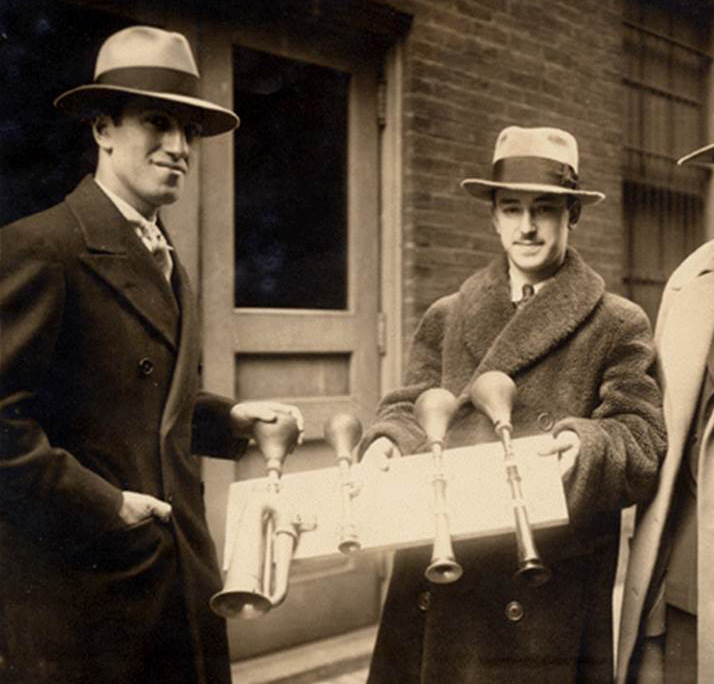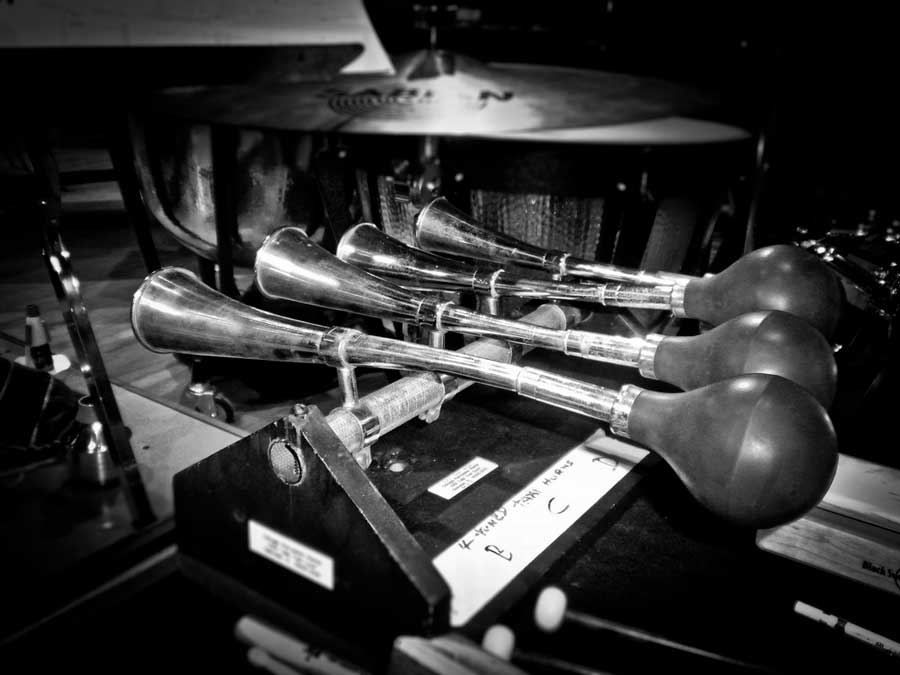May 2024. A Gershwin set I put together for the Greensboro Symphony…
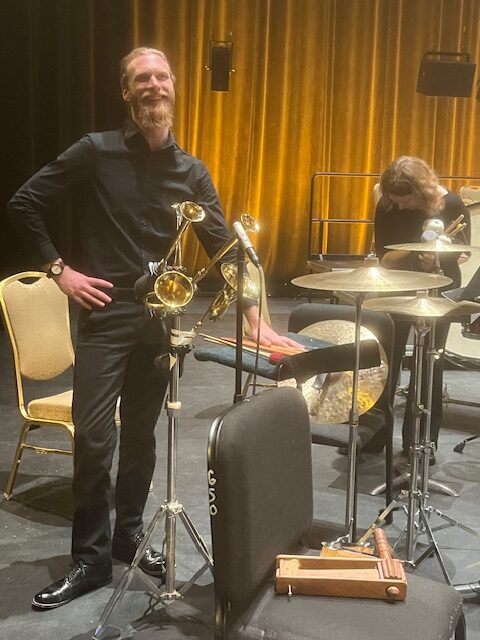
From the David and the Richmond Philharmonic.
The horns were perfect. It took a bit of work on the highest horn, but the concert went without a hitch. Please feel free to use that video!
What I ended up doing was marking the reed with a sharpie on both sides on the correct placement of the zip tie. They moved after a number of honks in rehearsal, so I ended up resetting them each session.
It’s happening! Very excited to report that the set of Gershwin horns I put together have found a home and will be used in a production of American in Paris in the next few months. I will definitely be updating with hopefully some video then. David sent me this image of his mounted set of horns. Ready for rehearsals!
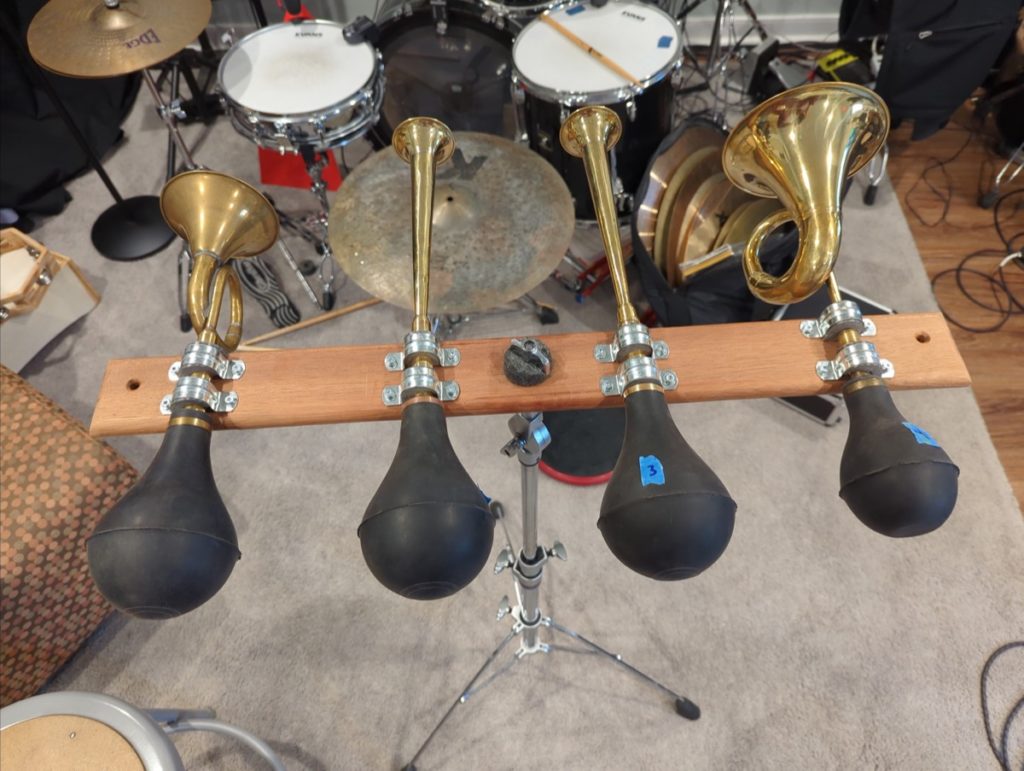
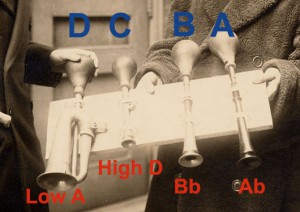 I’ve been trying to put a set of Gershwin’s ‘American In Paris’ (1929) taxi horns together. I’ve been doing a lot of experimenting with tuning the reeds. What I really need to be doing is making my own. At some point I will. In the meantime this is about as far as I’ve been able to get so far. Some of the reeds in the video have been manipulated by sliding a zip tie down the length of the reed. Problem there is each reed will only take so much manipulation before it stops vibrating. I’ve seen things like the tuning change a bit from one day to the next… Weather? Zip tie expanding? If you’re willing to work with me, and not be too fussy over the exact pitches, I can put a set together for you. Contact me john@squeezehorns.com to discuss. (Larger version video here.)
I’ve been trying to put a set of Gershwin’s ‘American In Paris’ (1929) taxi horns together. I’ve been doing a lot of experimenting with tuning the reeds. What I really need to be doing is making my own. At some point I will. In the meantime this is about as far as I’ve been able to get so far. Some of the reeds in the video have been manipulated by sliding a zip tie down the length of the reed. Problem there is each reed will only take so much manipulation before it stops vibrating. I’ve seen things like the tuning change a bit from one day to the next… Weather? Zip tie expanding? If you’re willing to work with me, and not be too fussy over the exact pitches, I can put a set together for you. Contact me john@squeezehorns.com to discuss. (Larger version video here.)
Tuning a horn. It’s an art not a science (yet).
I thought to include this video for comparison. The pitches in this performance don’t correspond to either of the versions we’re used to, but in the end it’s more about the effect. I don’t know, but my sense is that that is what George was going for in the first place. (An American In Paris Percussion Frank Lao)

